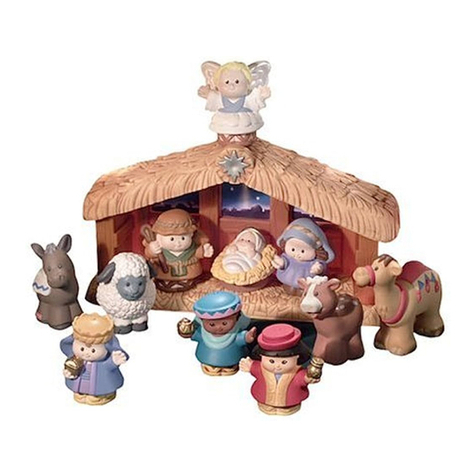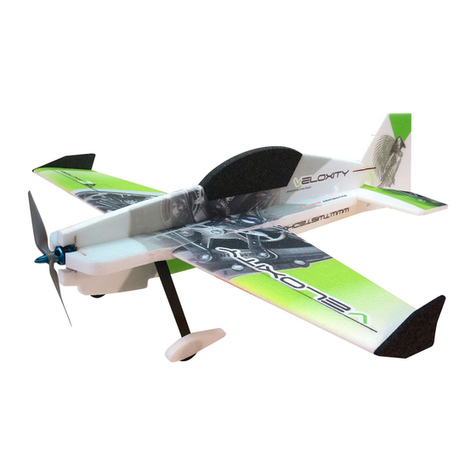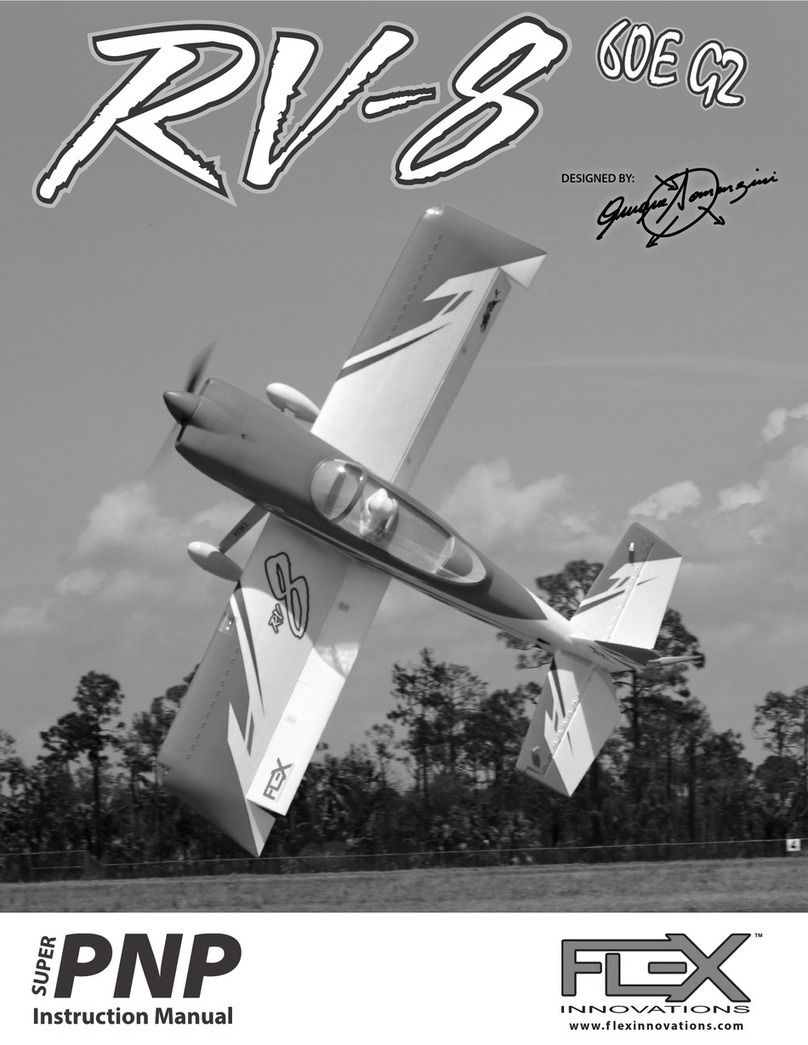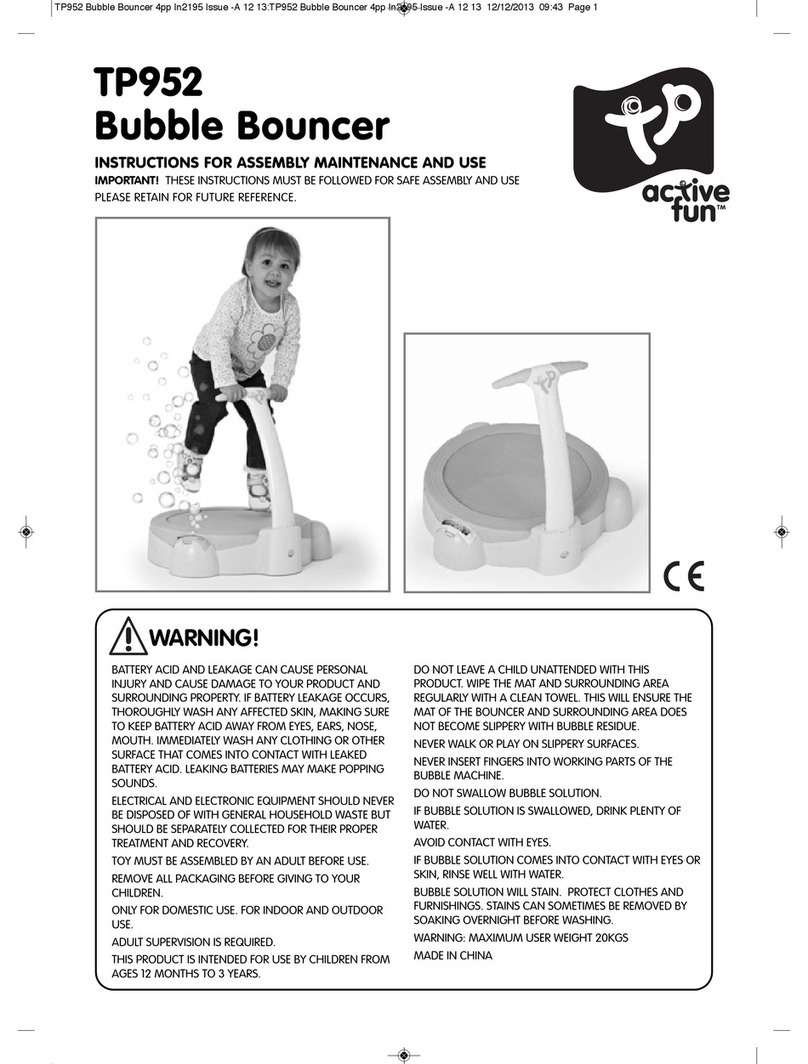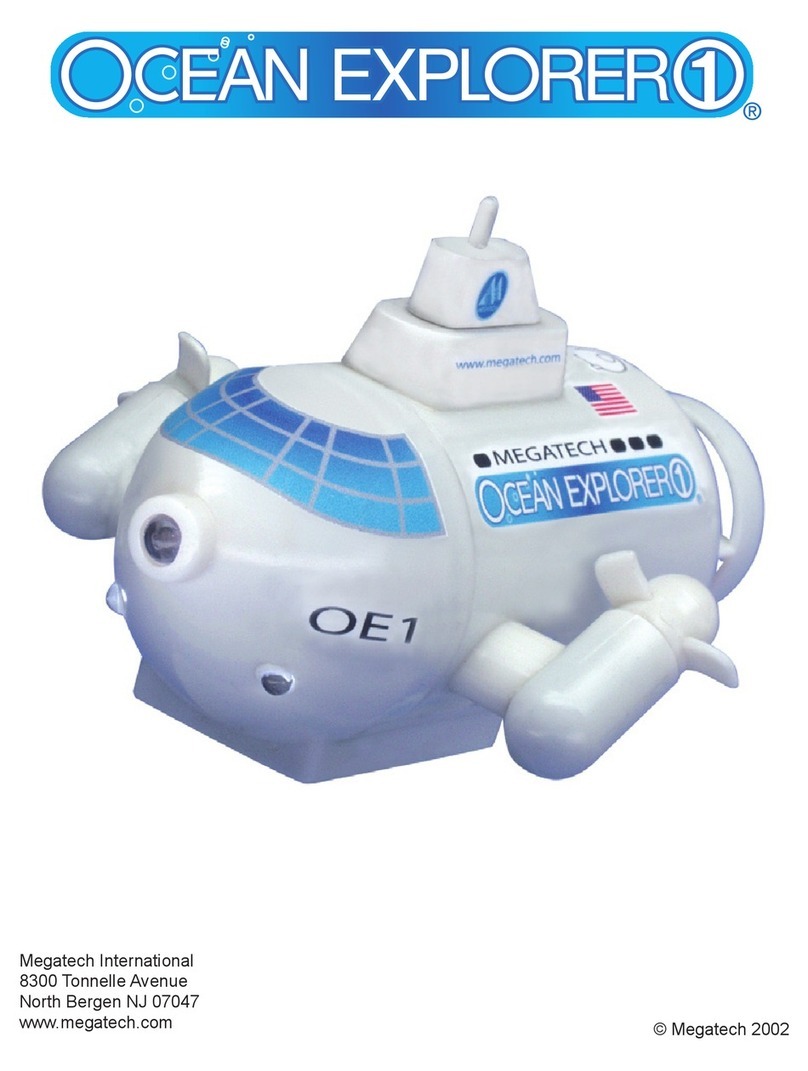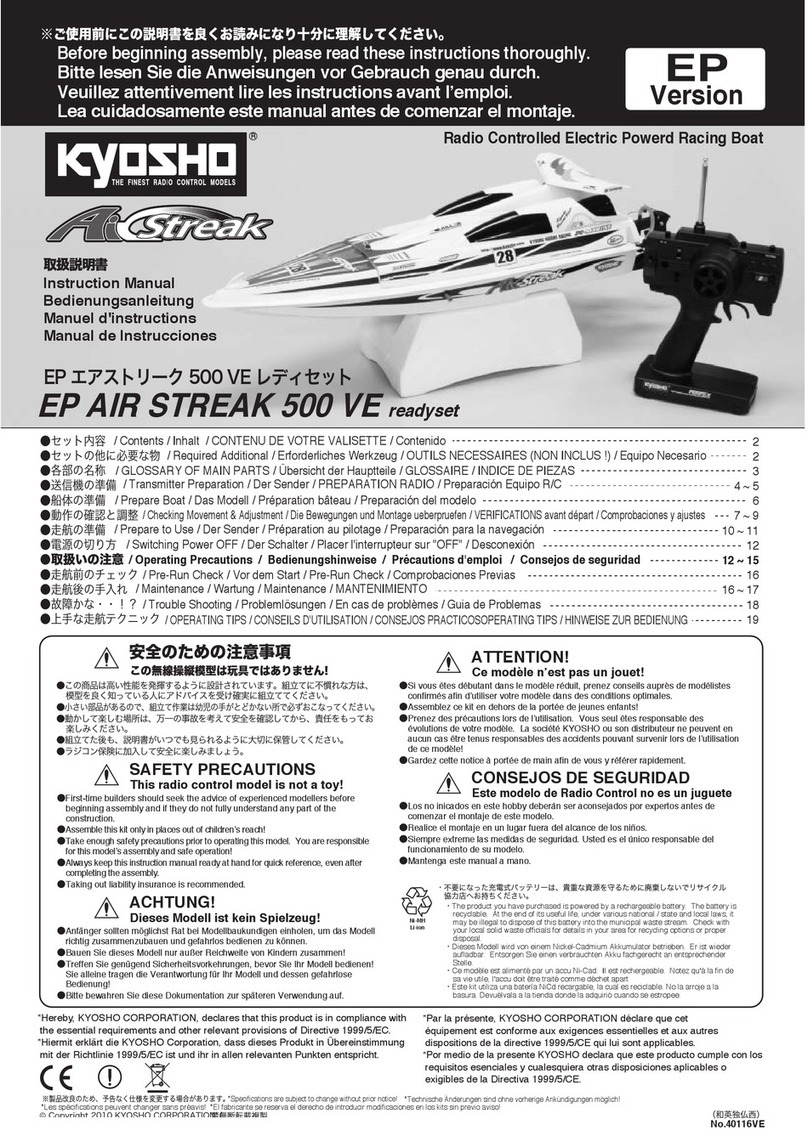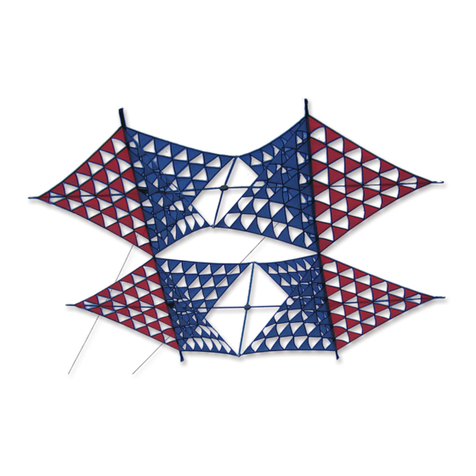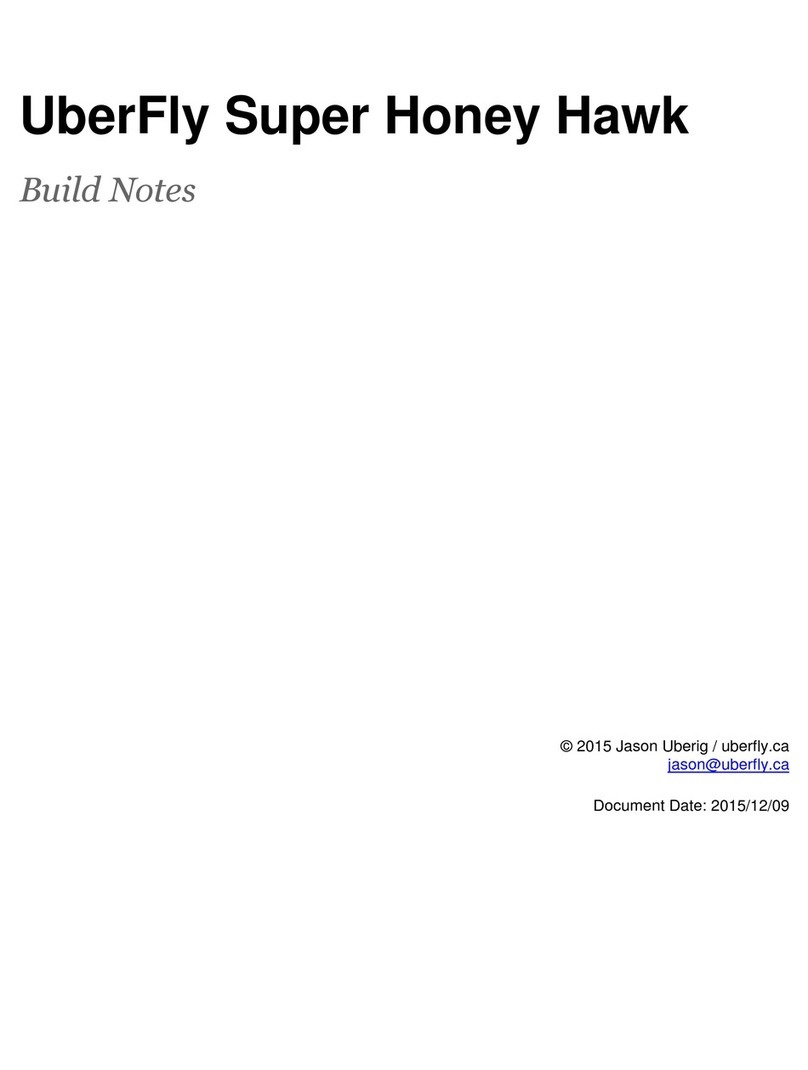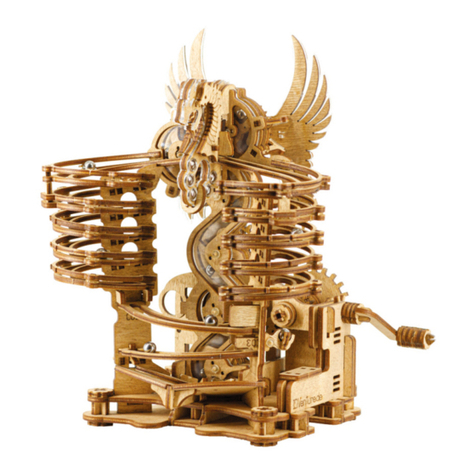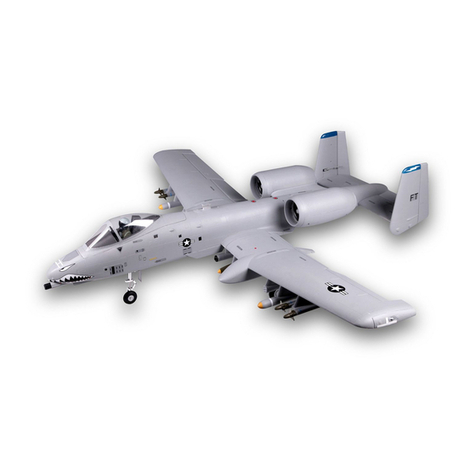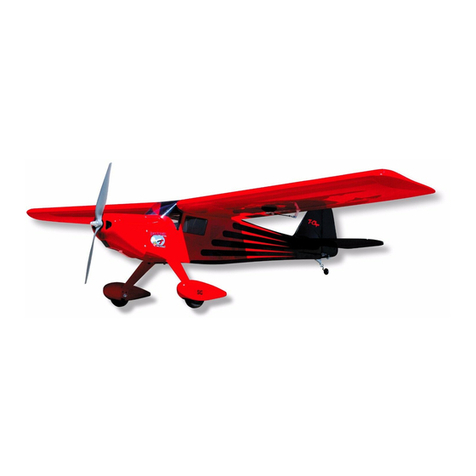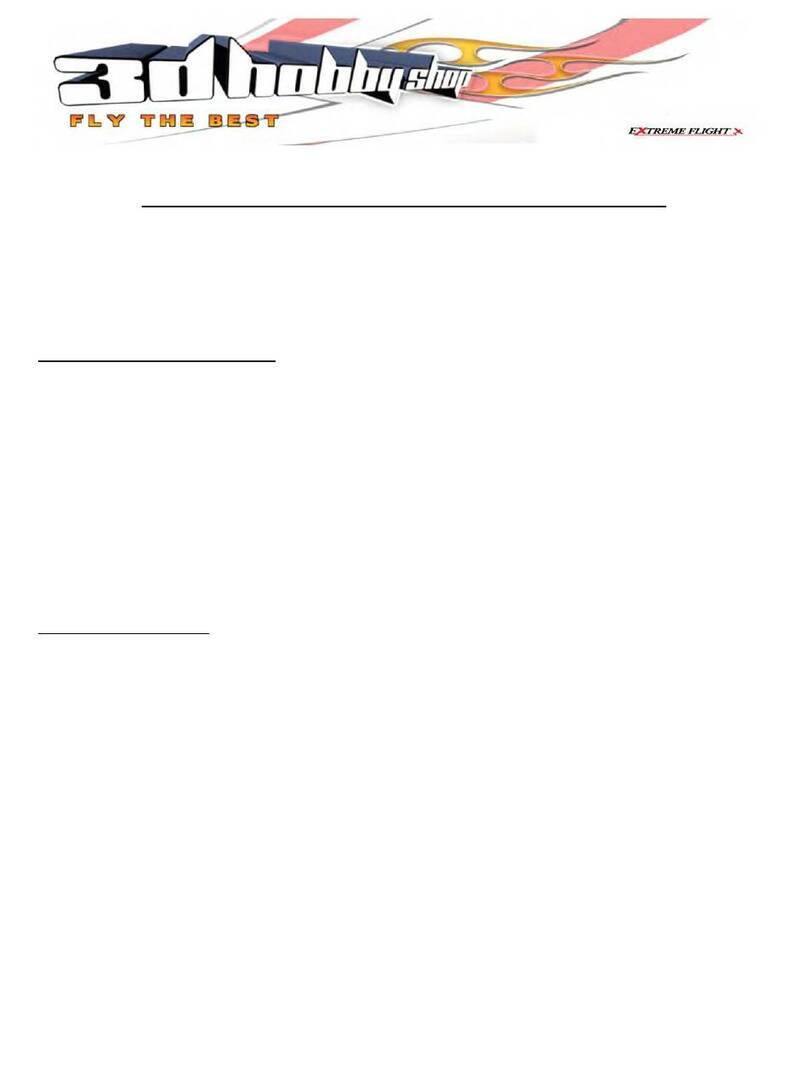
Step 6:
Attach the center tail . Locate
the connecting strings at the
top of the tail. These strings
will connect to the center
strings from the kite using a
Lark’s Head Knot.
(Diagram E)
Lark’s Head Knot
(Diagram F)
Step 7:
Kite should now be ready to
fly. Attach the kite line to the
tow loop at the end fo the
bridle.
(Diagram G)
Note: In light wind consider
omitting use of the center tail.
F
D
instructions
Fold end of Flying
Line over onto
itself.
Separate loop with
thumb and finger.
Rotate wrist so
fingers will point
away.
Grab bottom lines
and pull through
to create a loop.
Tie a knot
creating a loop.
Place Larks Head Knot
around Toggle and
tighten Larks Head.
Tail Connection Tab
Swivel
Small Tail
Tail construction loops
Large tail
Keels
Tow loop
G
E
FLIGHT INSTRUCTIONS:
-Attach flying line to Tow Loop.
-Have a friend stand about 75 ft. downwind from you and hold the kite with its Leading Edge pointed towards the sky.
-As the wind catches the kite, signal your friend to release it while you bring in the line with long steady pulls.
-Slowly let out more line as the kite flies upward. RECOMMENDED LINE: 250 LB TEST LINE
BEAUFORT
SCALE
WIND
[M.P.H.]
0 1
CALM
smoke
rises
vertically
2 3 4 5 6 7 8 9 10 11 12 13 14 15 16 17 18 19 20 21 22 23 24 27 28 29 30
LIGHT AIR
Direction of
wind shown
by smoke,
but not by
wind vanes
LIGHT BREEZE
Wind felt on face,
leaves rustle,
ordinary vane
moves
GENTLE BREEZE
Leaves and small twigs
in constant motion;
wind extends light flag
MODERATE BREEZE
Raises dust and loose paper;
small branches move
FRESH BREEZE
Small trees & leaves begin
to sway; crested wavelets
form on inland water
STRONG BREEZE
Large branches in motion;
utility wire whistle;
windows rattle
25 26
Note: Wind conditions aloft may vary considerably from those found near ground level.
OPTIMUM WIND CONDITIONS FOR QUILTED 10.5’ STRATA DELTA
Quilted 10.5’ Strata Delta
